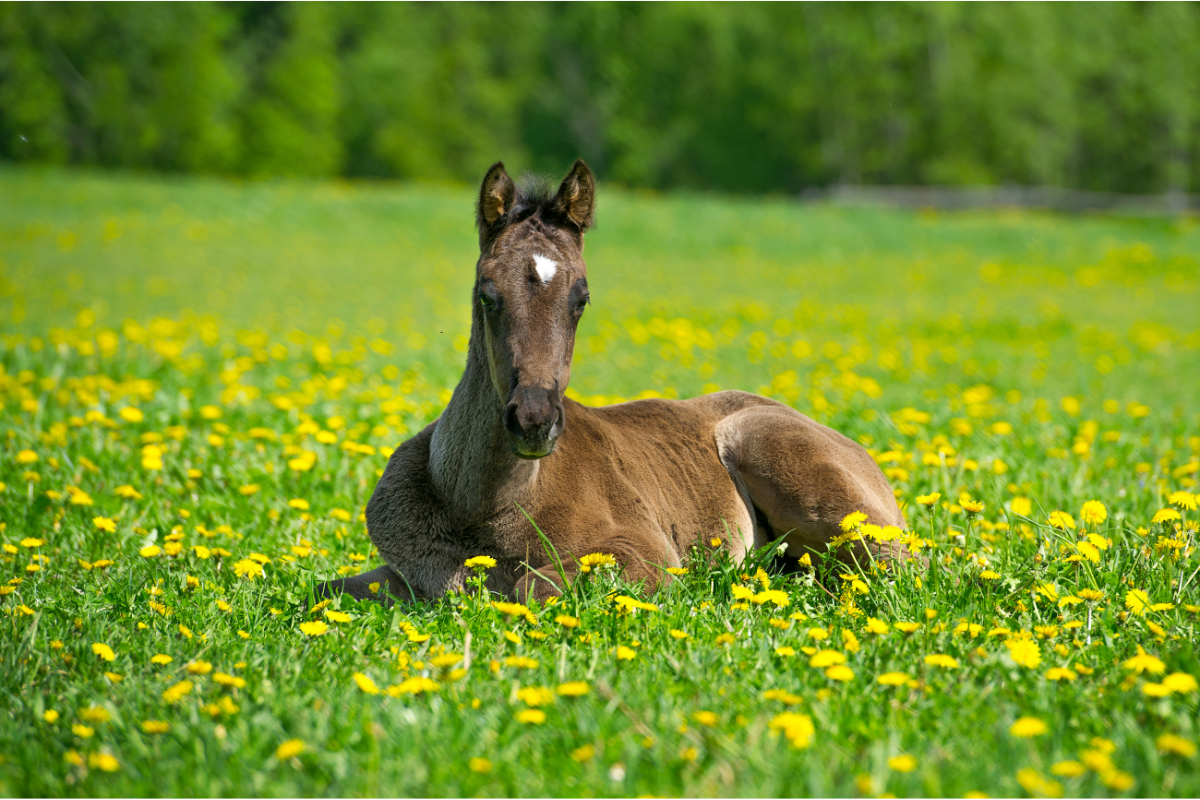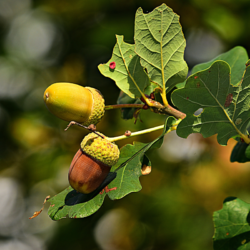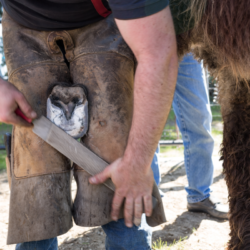Rhodococcosis, caused by the bacterium Rhodococcus equi, poses a significant threat to foals, particularly those aged between 1 and 6 months. This bacterial infection, which manifests itself mainly as pneumonia, can lead to serious and even fatal complications if not diagnosed and treated in time. Foals reared in dusty, dry environments are particularly vulnerable.
What causes this disease?
Rhodococcosis is a severe respiratory disease caused by the bacterium Rhodococcus equi. This bacterium is ubiquitous in the environment, particularly in airborne dust and the droppings of adult horses, which are often healthy carriers. Foals are particularly vulnerable to this infection, as their immune systems are still immature.
The main factors contributing to the spread of this disease are :
- The presence of Rhodococcus equi in dry, dusty soils in pastures and paddocks.
- The high concentration of foals on farms, increasing the risk of transmission by inhalation of contaminated dust.
- Environmental conditions such as heat and humidity, which favour multiplication of the bacteria.
The bacteria enter the lungs of foals by inhalation, causing pneumonia followed by the formation of lung abscesses. Adults, although carriers of the bacterium, generally show no symptoms thanks to a more robust immune system.
What are the symptoms of rhodococcosis?
Rhodococcosis in foals manifests itself in several clinical forms. The most common form is the acute respiratory form, characterised by pneumonia or abcessive bronchopneumonia. Affected foals present with high hyperthermia, severe coughing that can progress to respiratory distress, loss of appetite and marked despondency.
There is also an intestinal form of the disease, with abdominal abscesses and diarrhoea. Finally, a musculoskeletal form can affect the joints, leading to arthritis and myositis.
Respiratory symptoms are the most common and include tachypnoea (increased respiratory rate) and dyspnoea (difficulty breathing), often accompanied by weight loss and purulent nasal discharge. Severe infections can rapidly progress to acute respiratory distress and sudden death of the foal.
How is the disease diagnosed?
The diagnosis of rhodococcosis is based on observation of the clinical signs, but requires confirmation by additional tests. Symptoms such as pneumonia, coughing and hyperthermia are not specific to rhodococcosis, making laboratory tests essential.
Lung ultrasound and radiography are key tools for assessing the extent of lesions and guiding treatment decisions. Ultrasound can be used to map pulmonary abscesses, establishing a lesion score based on the number and size of abscesses.
Respiratory samples, such as tracheal washings or swabs, are analysed in the laboratory to identify the presence of Rhodococcus equi by bacteriology or PCR. These tests are crucial for confirming the infection and adapting the appropriate antibiotic treatment.
What treatments are available?
The treatment of rhodococcosis is based on a combination of specific antibiotics and strict hygiene measures. Foals with severe clinical signs or a high ultrasound score require antibiotic treatment. The drugs used generally include a combination of macrolides and rifampicin administered orally.
Treatment is adapted according to the clinical course and the results of imaging tests. Foals with mild symptoms may recover without medical intervention, but close monitoring is essential. The vet prescribes the treatment and must monitor the foal’s condition regularly to avoid overuse of antibiotics.
In addition to medication, it is crucial to maintain good hygiene on the premises to reduce the spread of the bacteria. This includes regular cleaning of stalls, management of dust and dung, and isolation of sick animals.
What are the natural alternatives?
Although antibiotic treatments are essential, some natural alternatives can help manage rhodococcosis. Preventive approaches include:
- Improving foal immunity through adequate nutrition and natural defence-boosting supplements.
- Using probiotics to support digestive health and reduce the bacterial load in the gut.
- Apply essential oils with antibacterial properties in high-risk environments to reduce contamination.
These alternatives do not replace conventional medical treatments. However, they can be used as a complement to strengthen foals’ resistance to infection.
What are the means of prevention?
Prevention of rhodococcosis relies on a combination of good breeding practices and rigorous monitoring. Here are some key measures:
- Encourage early births to avoid periods when there is a high concentration of foals in the warmer months.
- Isolate mares ready to foal from other animals to minimise the risk of transmission.
- Separate foaling mares into small groups and identify healthy carriers to optimise surveillance.
The application of strict hygiene measures in the stables, such as daily cleaning of dung, regular disinfection of premises and dust management, is essential. Paddocks must be well maintained, with watered passageways and a low density of horses to limit bacterial proliferation.
Finally, regular clinical monitoring of foals, including taking their temperature and observing respiratory signs, means that infections can be detected early and appropriate measures taken.





